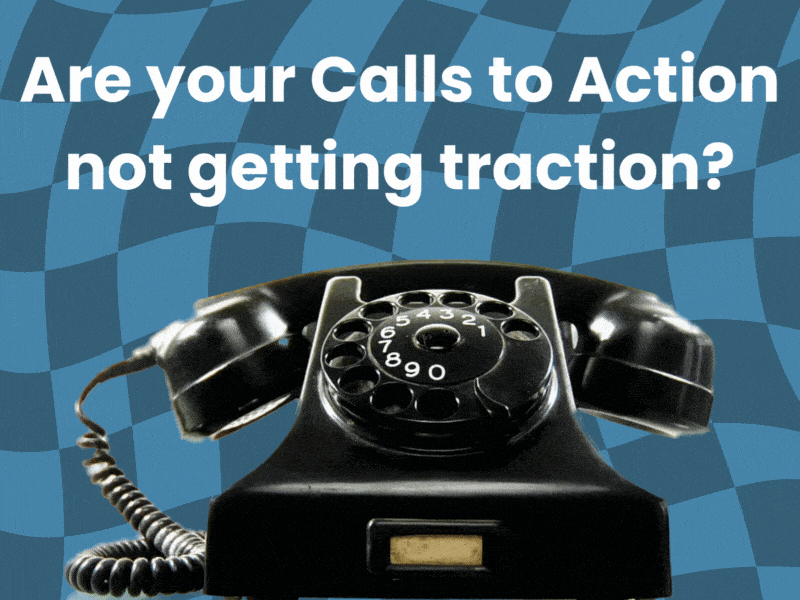What Is CPM in Marketing?

Welcome to the wonderful world of marketing, where acronyms are abundant, and jargon is aplenty. Today, we’re going to talk about CPM in marketing. What is it? How can you optimize it? And why is it essential for small business owners? So buckle up, grab a cup of coffee, and let’s dive in!
What is CPM?
CPM stands for cost per thousand impressions. Actually, it stands for Cost per Mille – pardon my French. Impressions refer to the number of times an ad appears on a user’s screen. So CPM is the cost a marketer pays for every thousand times their ad is shown to potential customers. I’m sure you’ve bought something in bulk before. You bring your Tupperware and fill it with lentils, then pay the price per ounce. We see you, sustainable queens and kings! CPM is like that. Except instead of lentils, you’re buying screen time with potential customers. CPM is a popular pricing model used in online advertising, including display ads, social media ads, and video ads.
Ready for some math? Don’t worry – there’s no calculus involved. CPM is calculated by dividing the total cost of an ad campaign by the number of impressions it generates and then multiplying that by 1,000. For example, if an ad campaign costs $1,000 and generates 50,000 impressions, the CPM would be $20. Easy!
What Are the Best Strategies for Optimizing CPM?
Optimizing CPM can be a tricky business, but there are some strategies you can use to get the most out of your ad campaigns. Here are a few:
- First things first, you need to know your audience. And we don’t just mean their favorite color or pet peeves – we’re talking deep, meaningful stuff like their hopes, dreams, and fears. Because when you know what makes your audience tick, you can create ads that speak directly to their souls (and wallets).
- If you want to catch your audience’s eye, you must make your ads pop! High-quality visuals are the secret ingredient that takes your ads from “meh” to “oh hell yeah!” So, choose images and videos that speak to your audience and make them stand out.
- Spice things up by mixing up your ad format! Test different formats like display, social media, and video ads to see which ones get your audience buzzing.
- Location, location, location! Just like in real estate, where your ad is located can have a massive impact on CPM. So, think like a savvy broker and place your ads in primo spots like above the fold, where they’re sure to get noticed and decrease CPM. (We like to refer to them as congregation points, thanks to Mike Michalowicz)
- Keep an eye on your ads’ performance and adjust your bids accordingly to get the most out of your budget. Use automated bidding tools like Google Ads to find that sweet spot where your ads are getting the most love.
Why Is CPM Important for Small Business Owners?
Small business owners have to stretch their budget as far as they can go. You don’t want to blow your whole advertising budget on one campaign that doesn’t perform well. You want to find the most cost-effective option.
Let’s say you’re running two ad campaigns—one on Facebook and one on Instagram. The Facebook campaign costs you a cool grand ($1000) and gets you 50,000 impressions. Meanwhile, the Instagram campaign costs you $720, bringing you 40,000 impressions.
At first glance, you might think Facebook is the clear winner since it’s racking up more impressions than Instagram. But hold up! We have to calculate the CPM.
So, when we crunch the numbers, we see that the Facebook campaign has a CPM of $20, while Instagram has a CPM of $18. That means that even though Facebook generates more impressions, Instagram is the more cost-effective option.
One last little bit of math you need to do because I am a stickler when it comes to this, which campaign delivered the most conversions? That is the biggest question you need to answer with all of this, so keep that in mind.
Final Thoughts
CPM may initially sound intimidating, but it’s just a way to measure the effectiveness of your advertising. By understanding your audience, using high-quality visuals, and testing different ad formats, you can optimize your CPM and get the most bang for your buck. And if you need help with your website or advertising strategy, you can schedule a discovery call with Your WP Guy!
What is CPM in Marketing? Summary
- CPM stands for cost per thousand impressions and measures how much it costs to reach 1000 people with your ad.
- The formula for CPM is simple: CPM = cost of ad / (impressions / 1000)
- The best strategies for optimizing CPM include defining your target audience, using high-quality visuals, testing multiple ad formats, optimizing your ad placement, and monitoring and adjusting your bids.
- CPM is vital to small business owners because it helps them measure the effectiveness of their ad campaigns and make informed decisions about allocating their marketing budget.


